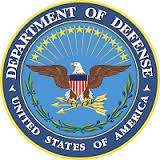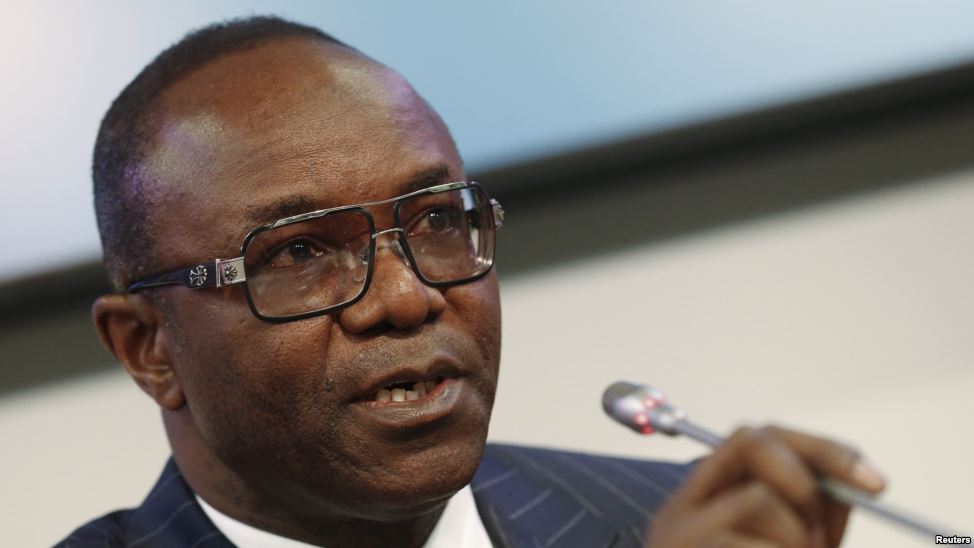Great power competition doesn’t necessarily mean great power conflict, Army Chief of Staff Gen. James McConville said yesterday, but it could lead to that if the U.S. doesn’t have a strong military.
The four military service chiefs were at the Reagan National Defense Forum in Simi Valley, California, where they addressed the challenges of facing high-end competitors such as Russia and China.
The military “needs to win the next fight, not fight the last fight better,” McConville said.
McConville said Russia’s nuclear weapons make that nation an existential threat. He noted that China is developing longer range, precision missiles that could deny U.S. forces access to the region.
In response to these threats, the Army is focusing on improving its own long-range precision fires, developing a next-generation combat vehicle and future vertical lift aircraft, bolstering air and missile defense and making the network more robust and resilient.
McConville emphasized that people are the Army’s greatest strength and the development of a new talent management system will ensure the right people are in the right job at the right time.
Chief of Naval Operations Adm. Michael Gilday said that during Operation Desert Storm, China studied how the U.S. was manned, trained and equipped, and in response, “they purpose-designed the Chinese military to go head-to-head against us across all those areas.”
Gilday also noted China’s advanced missile technology — where, he said, missile ranges continue to grow — their improvements in the cyber and space domains, and its improvements in the maritime domain, such as building a large number of modern and capable ships.
He said about 60% of U.S. Navy ships are late getting out of shipyards and that reduces military readiness. Better processes are needed to lower that percentage, he said.
Chief of Staff of the Air Force Gen. David Goldfein said one of the most important things the department needs to do is to connect the joint force, meaning sharing common data and digital architecture and having adequate cybersecurity.
“The fundamental question that we’re asking is ‘How do you connect it [the future force] in ways that it can be used to fight in the new kind of warfare — multidomain operations?'” Goldfein said. That needs to occur, he said, “so we can fight at the speeds that we know we’ll need in the future.”
Commandant of the Marine Corps Gen. David Berger said radical changes are needed in readiness and modernization, not incremental improvements.
“We are at an inflection point. … We have to make some fundamental decisions about our force now. Then you can either elect to make the changes around the edges — sort of refinements. Our assessment [is] that’s not going to cut it. We have to make some transformational changes to the military force.” The Corps is still better structured for a fight against terrorists than for near-peer competition against China and Russia, he said, and that must change.
“We need to shed weight and become a naval expeditionary force,” Berger said, in order to be postured for great power competition.
“The biggest change in China — and it reflects their publicly stated strategies — is that they have pivoted to the sea,” he said. “Their belt and road initiative and the reasons behind it have launched them on a growth of their naval — and now Marine Forces — in a pretty rapid manner. So, for us that means they’re not just a homeland defense force anymore — close in to the shoreline. They are clearly stretching out.”
This puts the day-to-day competition squarely in the cyber and space domains, Berger said, and wherever China seeks to extend its military forces into common areas.






